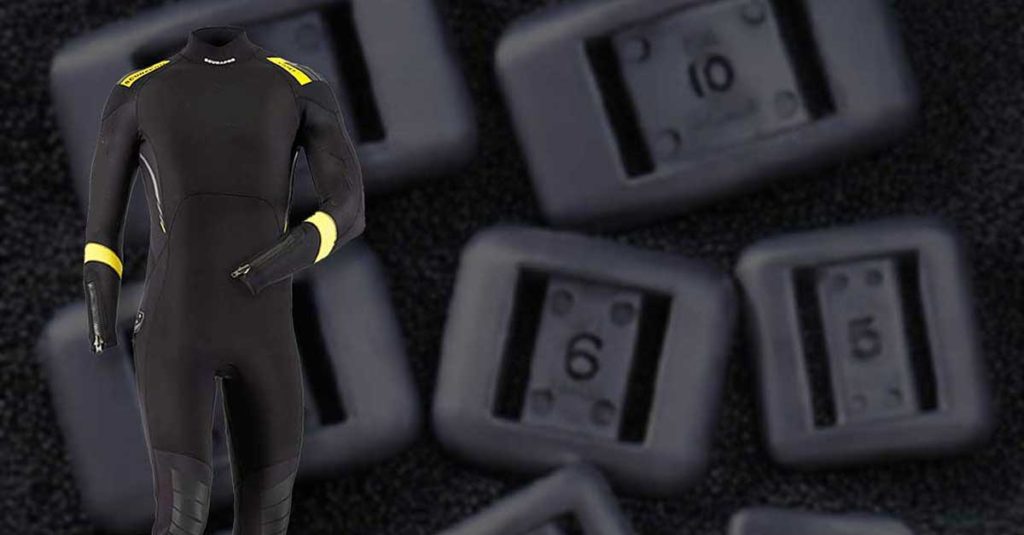How much lead will I need? That’s a question only you can answer. So many variables that come into play when determining the ideal amount of weight to use, there is simply no way someone else can tell you how much weight you will need.
But don’t I just need to wear ten percent of my body weight? While formulas can serve as a starting point when determining proper weighting, they are just that: A starting point. Only through experimentation can you determine the actual amount of weight to wear.
In this article, we’re focus on one specific factor that plays a large role in how much weight you need. That is the buoyancy of your wetsuit.
Not all suits are created equal
You already know that thick suits are more buoyant than thin suits. But differences in wetsuit buoyancy go beyond this. For example:
- Wetsuits of the same size, style and thickness can vary in buoyancy by make and model. A full-length, 5 mm wetsuit from manufacturer A can be significantly more or less buoyant than a similar suit from manufacturer B.
- There can also be significant differences in buoyancy in suits of the same make and model. It takes more lead to sink an XXL 7 mm suit than an XXS 7 mm one.
- Age can affect suit buoyancy. Over time, the neoprene foam in a wetsuit can compress, thus displacing less water and being less buoyant. A wetsuit with 100 dives on it can require at least six pounds less lead to sink than it did when new
Proper weighting is the foundation of good buoyancy control. Diving overweighted is not only dangerous, it means you have to make buoyancy adjustments more frequently under water. This is because you are compensating not only for suit compression, but for the compression of an unnecessary air bubble in your BC that is there solely to offset the unneeded weight.
Meeting the goal of always diving with the least weight possible means you have to be willing to experiment. You need to be ready to add or remove weight as needed after every dive until you can hover, neutral, at safety-stop depth with 500 to 1,000 psi in your tank and no air in your BC.
Do that and you will not only find that maintaining neutral buoyancy under water is easier, you will also find that it is easier to maintain horizontal trim. — © 2020, Sinulogic LLC


